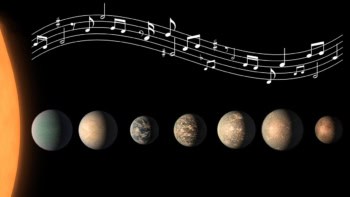Tushna Commissariat reviews In Search of Stardust by Jon Larsen

Celebrated cosmologist Carl Sagan once wrote “We are star stuff which has taken its destiny into its own hands.” Sagan was of course right, but it turns out that our whole planet is blanketed in stardust. These tiny pieces of extraterrestrial rock, known as “micrometeorites”, are made up of some of the most ancient minerals in our celestial neighbourhood and existed before the planets, or even possibly the Sun formed – meaning they originate from the planetary nebula that our entire solar system was made from. Amazingly, some 100 tonnes of cosmic dust rain down on Earth every day. For more than a century it was believed these alien invaders could be reliably found only in untouched areas of the globe such as the ocean floor, prehistoric sediments or Antarctica. The main reason why it was thought impossible to find them in urban regions was not because they aren’t there, but because of contamination from terrestrial and man-made sources. But Norwegian artist Jon Larsen was convinced that he could find stardust in the most mundane of locations – from the rain gutters lining a road to the roof of your house. In 2010 he began a systematic search of dust samples in populated areas, often focusing on rooftops, and has amassed a collection of more than 40 000 individual objects. To definitely identify the celestial orbs in the mix, Larsen developed a microphotography technique to sort the micrometeorites from the rest. His book In Search of Stardust: Amazing Micrometeorites and Their Terrestrial Imposters is a glossy coffee-table affair containing more than 1500 images – using both high-resolution colour microscopy and scanning electron microscopy. These are truly the USP of this book, showing the strange and ethereal alien rocks, but also the sizeable collection of earthly pretenders – tiny rocky or glassy spheres and dumbbells formed by everything from old steam trains and fireworks to remnants of the industrial revolution and even asphalt. While the book claims to teach the reader how they can hunt down these particles themselves, the details of just how to do that are few and unclear. In Search of Stardust is a visual extravaganza though, and will undoubtedly wow you. I’m just not sure if it will have you scrambling over your roof collecting dust.
- Jon Larsen In Search of Stardust: Amazing Micrometeorites and Their Terrestrial Imposters 2017 Voyageur Press 152pp £16.99hb
- Enjoy the rest of the December 2017 issue of Physics World in our digital magazine or via the Physics World app for any iOS or Android smartphone or tablet. Membership of the Institute of Physics required



